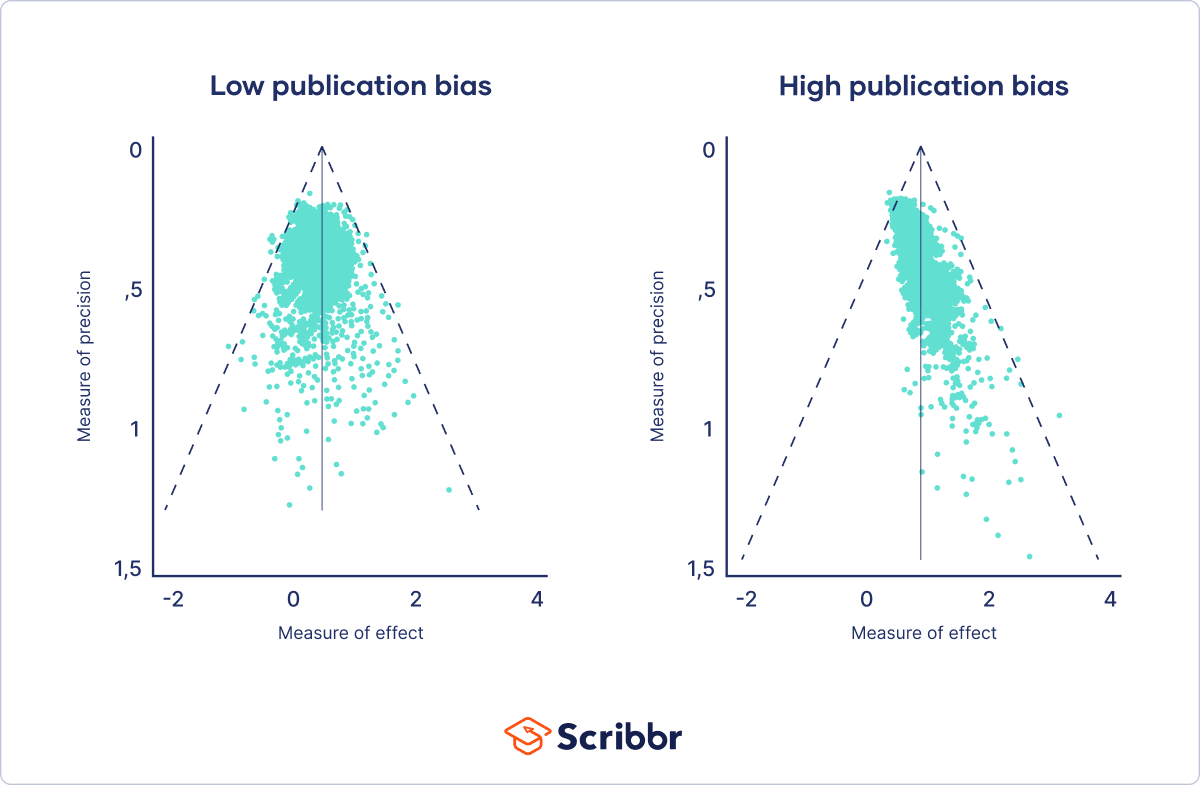Why is perception bias a problem?
Perception bias is a problem because it prevents us from seeing situations or people objectively. Rather, our expectations, beliefs, or emotions interfere with how we interpret reality. This, in turn, can cause us to misjudge ourselves or others. For example, our prejudices can interfere with whether we perceive people’s faces as friendly or unfriendly.



